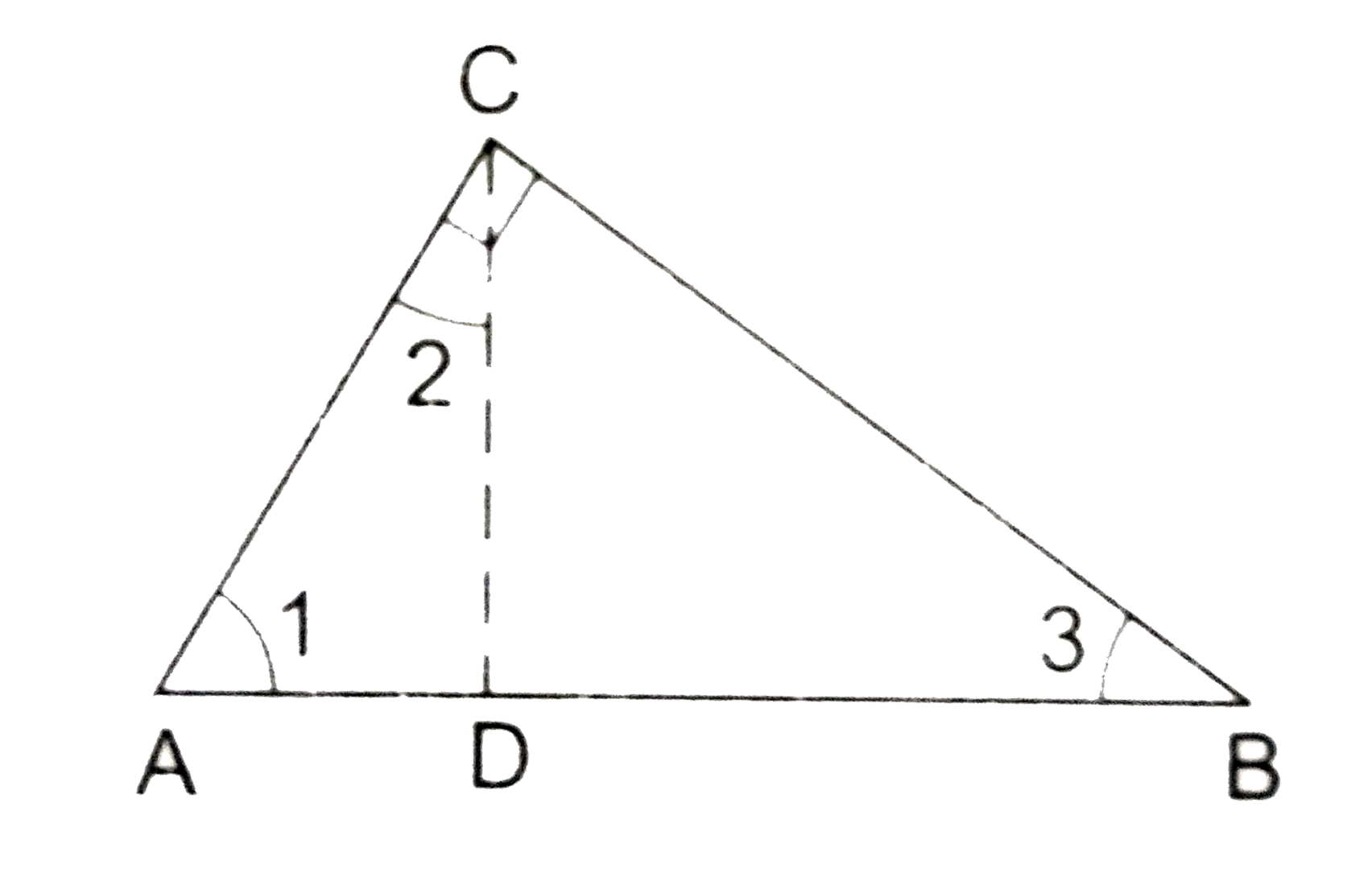In the given figure, ∠BAC=90∘andAD⊥BC.then,
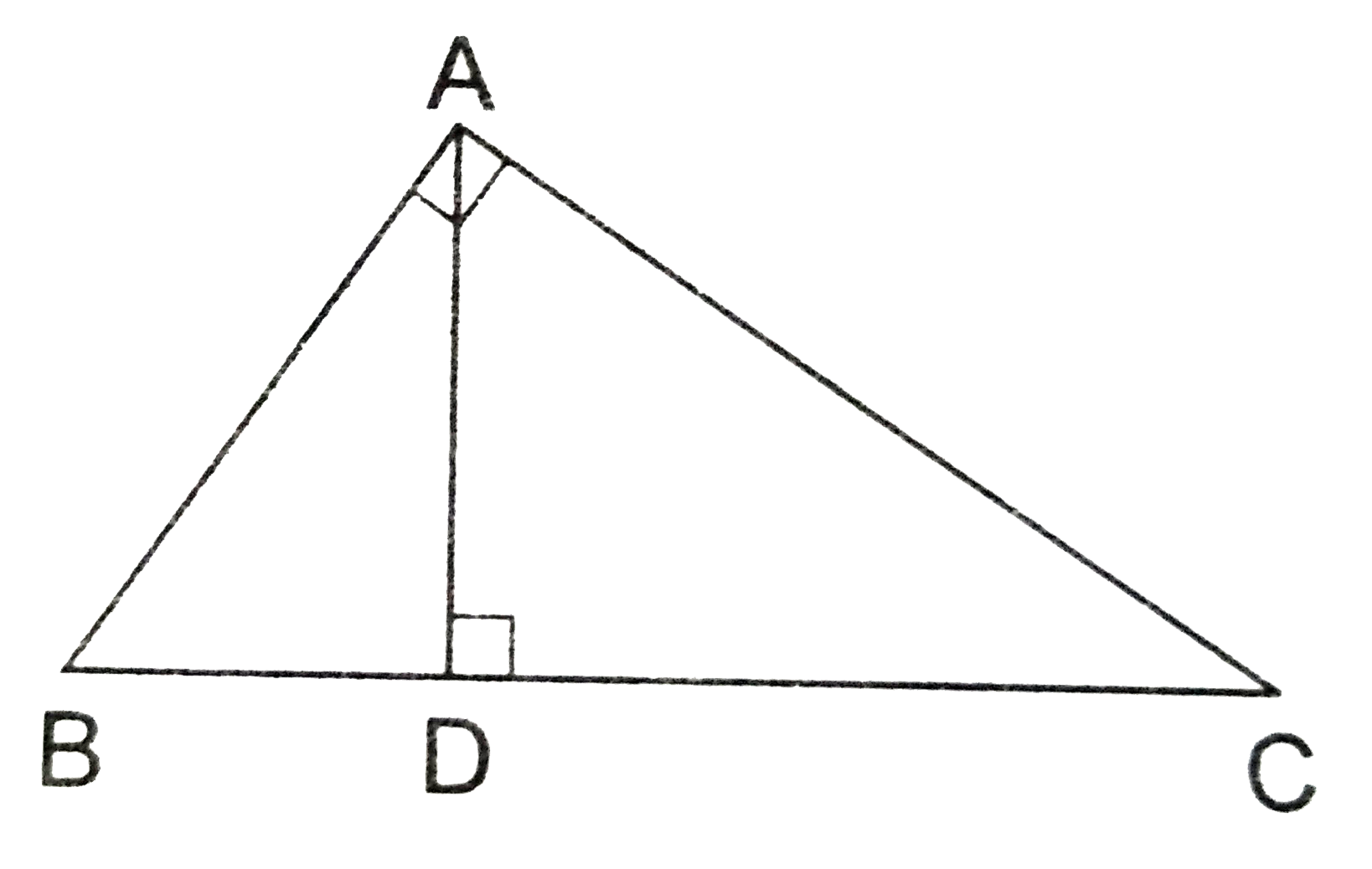
A
BD×CD=BC2
B
AB×AC=BC2
C
BD×CD=AD2
D
AB×AC=AD2
Video Solution
Text Solution
The correct Answer is:C
|
Answer
Step by step video solution for In the given figure, angle BAC=90^(@) and AD bot BC.then, by Maths experts to help you in doubts & scoring excellent marks in Class 10 exams.
Updated on:21/07/2023Topper's Solved these Questions
- TRIANGLESBOOK - OSWAL PUBLICATIONCHAPTER - TRIANGLESEXERCISE - ASSERTION AND REASON BASED MCQs
4 Videos
- TRIANGLESBOOK - OSWAL PUBLICATIONCHAPTER - TRIANGLESEXERCISE - CASE - BASED MCQs
15 Videos
- SURFACE AREAS AND VOLUMES BOOK - OSWAL PUBLICATIONCHAPTER - SURFACE AREAS AND VOLUMES EXERCISE - BOARD CORNER (LONG ANSWER TYPE QUESTIONS)
9 Videos
Similar Questions
Knowledge Check
In the figure, if ∠BAC=90∘ and AD⊥BC, then:
 ABD.CD=BC2BAB.AC=BC2CBD.CD=AD2DAB.AC=AD2
ABD.CD=BC2BAB.AC=BC2CBD.CD=AD2DAB.AC=AD2In the figure given below ∠BAC=90∘ and AD ⊥ BC. Then
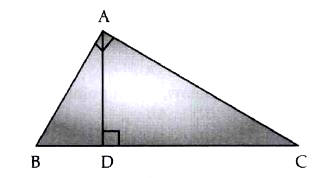 ABC×CD=AC2BAB×AC=BC2CBD×CD=AD2DAB×AC=AD2
ABC×CD=AC2BAB×AC=BC2CBD×CD=AD2DAB×AC=AD2
In the given figure, ∠ABC=90∘andBD⊥AC. If BD=8cm,AD=4cm find CD.
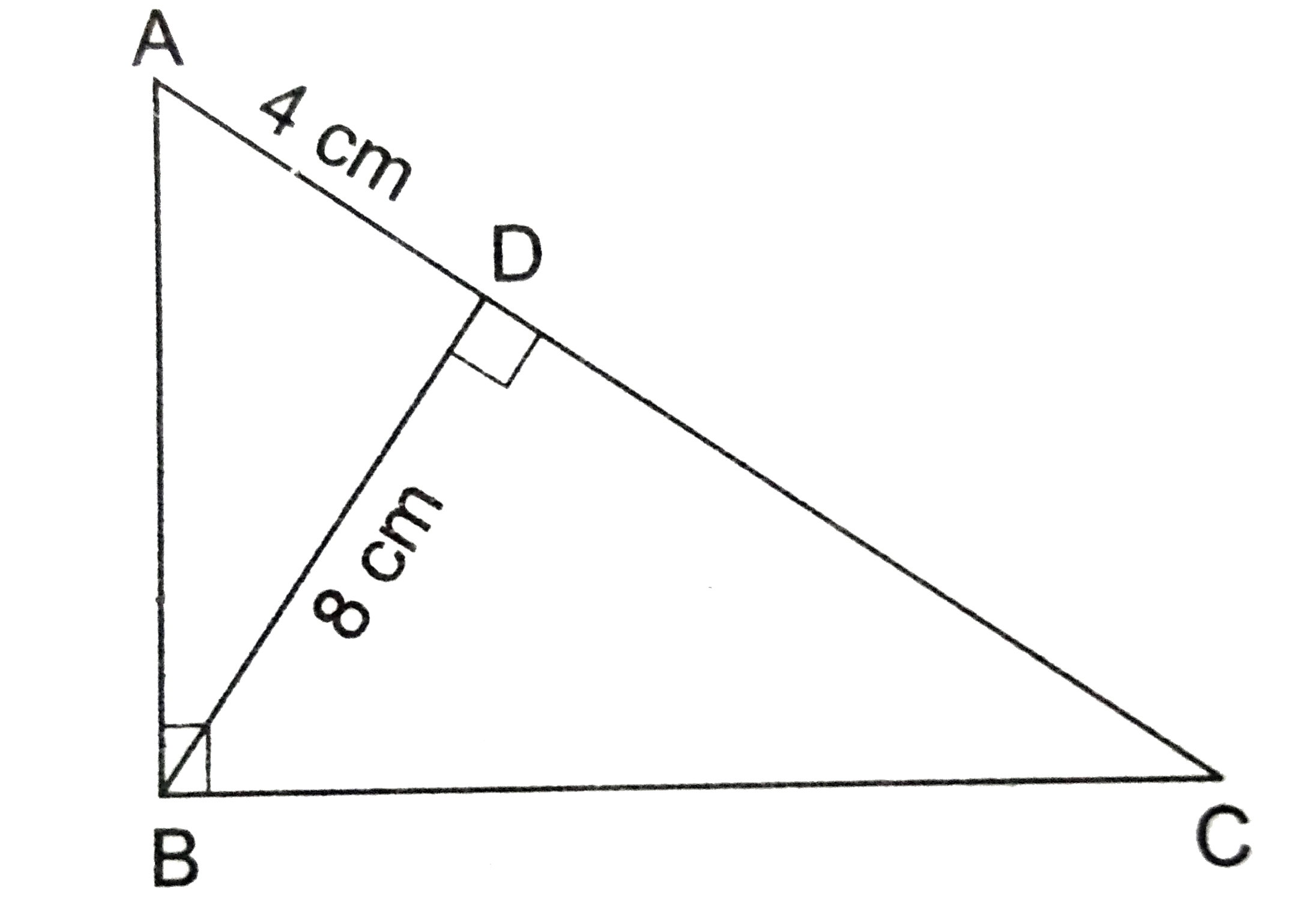
View SolutionIn the given figure, ∠ABC=90∘andBD⊥AC. If AB=5.7cm,BD=3.8cmandCD=5.4cm, find BC.
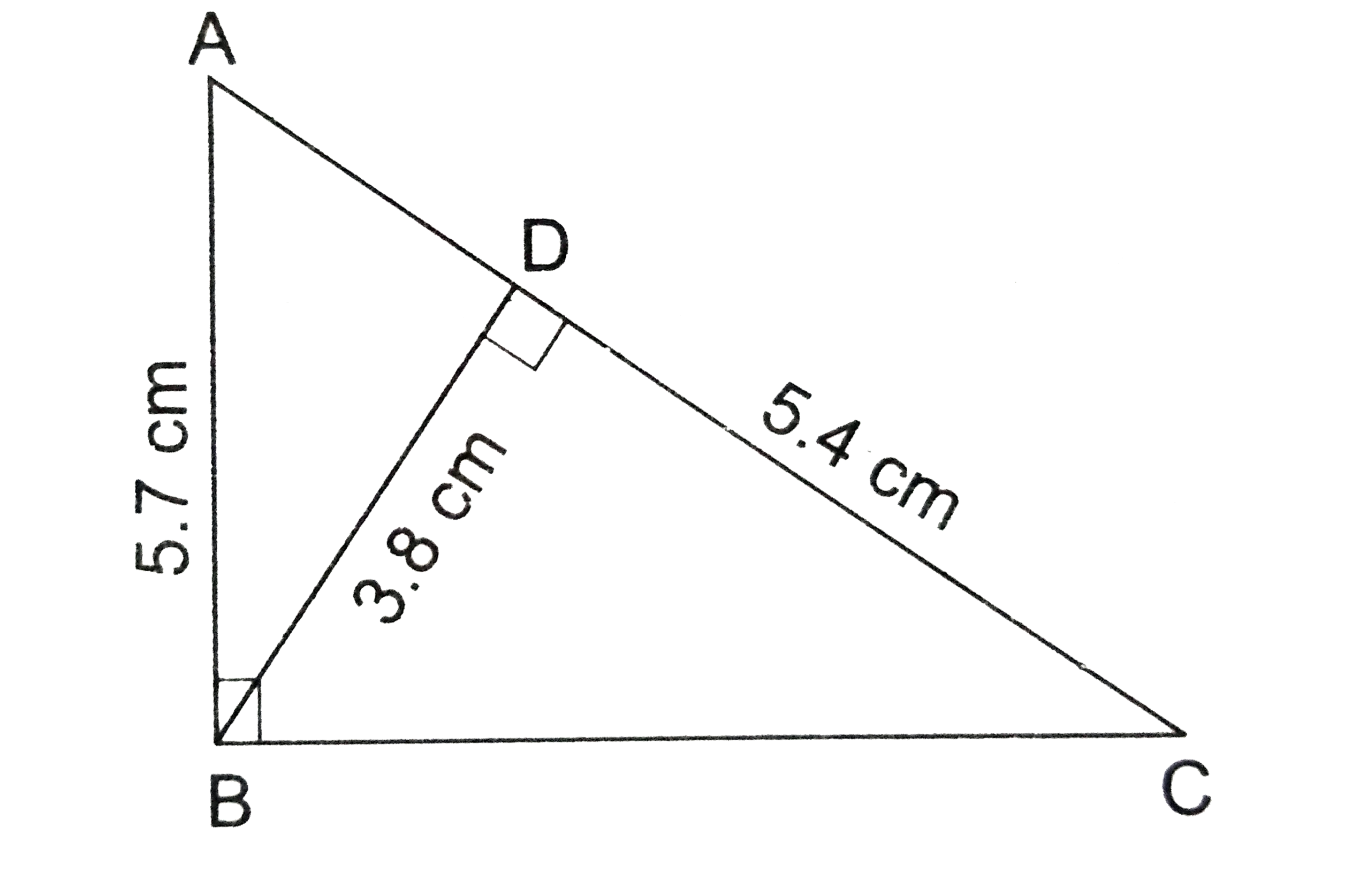
View SolutionIn the given figure ∠ABC=90∘andCD⊥AB. Prove that BC2AC2=BDAD
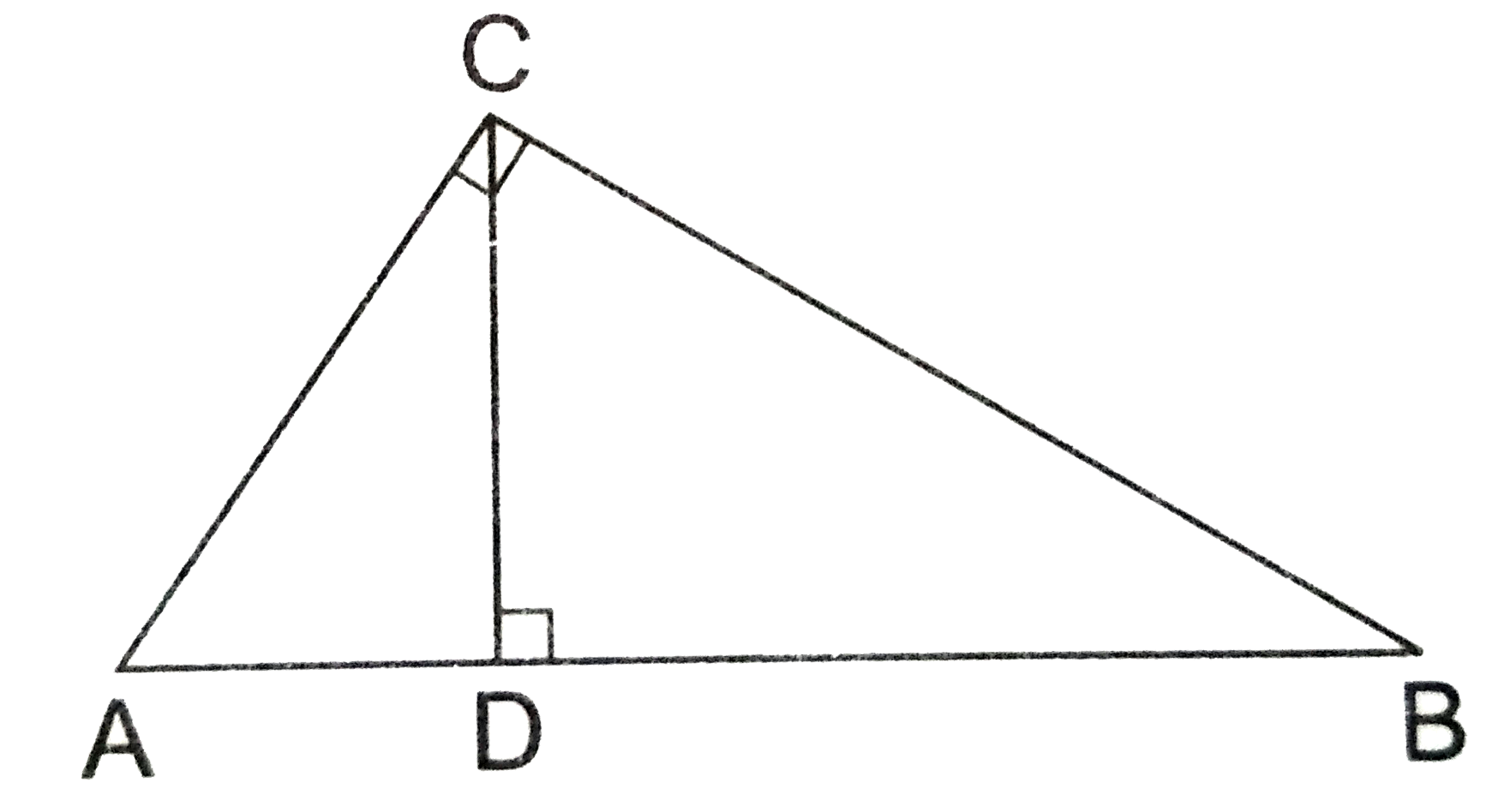
View Solutionin the given figure ∠CAB=90∘andAD⊥BC. if AC= 75 cm , AB= 1m and BD= 1.25 m . Find AD.
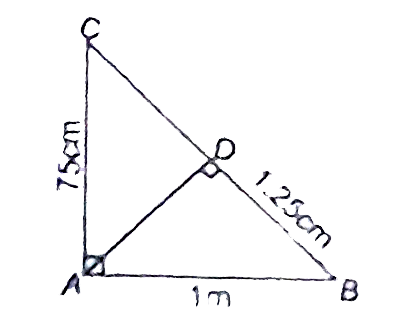
View SolutionIn Fig. 2.12 ∠BAC=90∘ and AD⊥BC.
The number of right triangles in the figure is
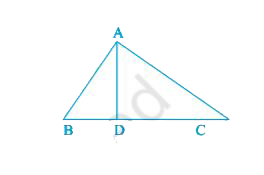
View SolutionIn the adjoining figure , ∠B=90∘,∠BAC=θ∘,BC=CD=4cmandAD=10cm, Find (i) sinθand(ii)cosθ.
View Solution


